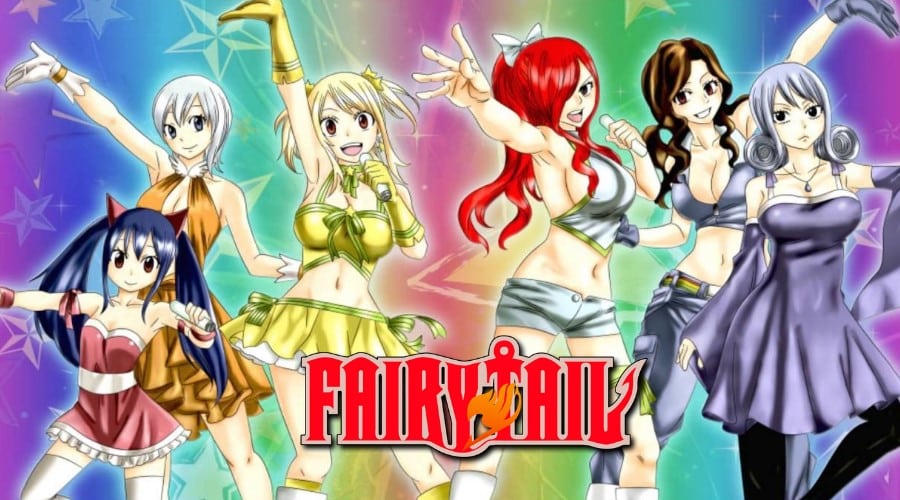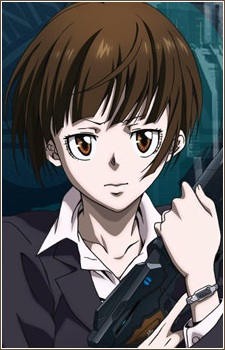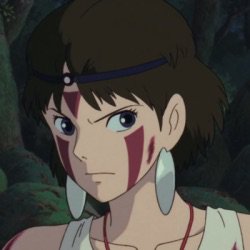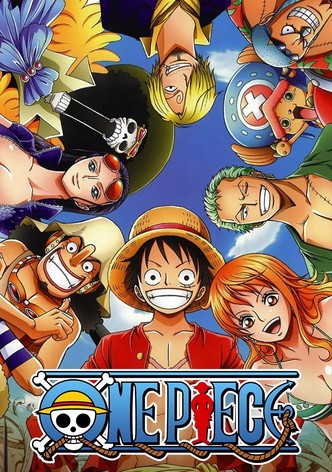Representation of women in the colourful world of Anime

Popular Anime character Princess Mononoke Photograph:( Instagram )
Story highlights
Since the 1990s, 'Anime,' or 'Japanese animation,' has become increasingly popular and even appeals to almost every age.
Since the 1990s, 'Anime,' or 'Japanese animation,' has become increasingly popular and even appeals to almost every age.
The exchange of art and culture is now an effective and frequently employed strategy by nations for establishing soft power abroad due to globalisation, improved accessibility, and technological innovation. These resulted in the increase of Pop culture in the popularity of 'Anime,' which has quickly gone from being a secret pastime to a widely accepted form of entertainment. I've been watching anime for a while now, and I've been seeing how the world is gradually embracing this culture.
Since the 1990s, 'Anime,' or 'Japanese animation,' has become increasingly popular and even appeals to almost every age, and let me tell you, Anime is not a children’s show. The genres of anime range from psychological and supernatural to action and adventure, humour, romance, gore, drama, and tragedy. Manga, which are comic books and graphic novels, is almost always the inspiration for anime. There never seems to be a dull time in strong anime because of the art, emotional involvement, character development, drama, and narratives that are always there. Colors, aesthetics, and designs that are based on the genre are essential for the development of the plot. For example, 'Death Note'(2006), 'A Silent Voice' (2016), and 'Your Name' (2016) proved that Animes are way beyond just a cartoon.
Anime Vs Cartoons:
Strong, sympathetic characters are always a major factor in why anime is so much superior to cartoons. Anime characters are more realistic and relevant to everyday people because of the great variety of personalities and features they exhibit. Cartoons lack this realism and relatability, while anime is emotionally engaging. Cartoons rely on fictional characters and scenarios that don't apply to real life since young children haven't had enough exposure to the real world to relate to real events. Additionally, Animes frequently have superior narratives with deeper character development and more dramatic plot twists.
Anime and its way of portraying female characters:
Despite its popularity, anime has a few negative aspects as well and one of which is the way in which women are often portrayed, almost as objects, full of stupid stereotypes. In contrast to the majority of women in the anime, who all have “small waists” and “huge breasts,” the male characters in the anime have a variety of looks and sizes.
Most anime fans have seen at least one show where a female character's body proportions are exaggerated. As "fanservice" for male viewers, some animators design scenarios that overexpose the bodily parts of female characters. Not only does this have an adverse impact on young female viewers, but these characters are most of the time teenagers, which is very concerning.
The female characters are frequently influenced to spend money on romance, fashion, or like to elevate the notion of marriage. In Animes, most of the anti-patriarchal female characters are portrayed as opponents or “evil”.
This character type is further supported by the hypersexualized portrayal of female characters in anime. In anime, women's bodies tend to have “enormous breasts,” and “small waistlines.” They give off the impression of being giddy, awkward, and submissive in their acts and behaviour. The feminine characters either adhere to or develop to fit the stereotypes of heterosexuality.
For example, in 'Fairy Tail' (2009), every female character is sexualized. We see women are being depicted as having curvy bodies and oversized busts. Even a very good anime like 'Death Note' (2006) couldn’t keep itself away from these stupid stereotypes. In Death Note, for instance, Kiyomi Takada is shown as a conventionally unattractive girl who falls in love with the main character, but he only returns her feelings once she undergoes a transformation and begins to adhere to ideal beauty standards.

Anime: Fairy Tail Source: Google Images
Another example comes from the anime series 'One Piece' (1999). Since the character Robin is cool-headed and charming, the majority think that the character Nami is far less appealing. Nami is described as being "greedy, rude, spontaneous and wild." Both are extremely intelligent, strong, and independent women, but Nami is more "human, reachable, and unwanted" than Robin because of traits like avarice and a desire for a better living.
Anime: One Piece Source: Google Images
Kinds of female characters presented by Animes:
In Animes, there are many clichés that are prevailing for the female characters and below are the following:
'The Tsundere' Type:
A tsundere type of character and term 'tsundere' means who is a Japanese anime character that typically represents a girl from high society who constantly brags about her 'status. She is given the characteristic of being book smart as if to make her a somewhat deserving "enemy" either to be conquered or to be disciplined.
'Typical poisonous female behaviour' Type:
The pinnacle of poisonous femininity is located on the other extreme of this strength in the masculinity continuum. She is 'pure' and 'innocent,' which are, coincidentally, her only charms, along with a dash of friendliness. While occasionally a damsel in distress, she primarily serves as the male character's healer.
'The strong female protagonist who must be saved from her own evil' Type:
The only characteristic of this anime character is her strength. But in addition, her strength must be diminished and her purportedly innate femininity must be highlighted in order for her to find pleasure. Her strength is merely used as a standard by which to judge his accomplishments.
'The stereotype of the so-called impure lady' Type:
Gyaru or Gal is a term for a fashion aesthetic that is also sometimes used to refer to female "delinquents," if you will. Her beauty matters more to the plot than any part her personality could have to play because she is demonised for revealing her sexuality.
There are many other character type clichés for females like the “Female Otaku” type. All these kinds of characters always have restricted character development and are mostly stereotypical.
Exceptions in the portrayal:
But this not the end. As I mentioned how anime objectify women character but that doesn't negate the fact that the world is full of amazing, badass women. There are also some strong female characters in the world of Japanese animation for you, from warriors to princesses, old films to new series. I would also like to highlight some excellent anime series with strong female leads.
Like, Akane Tsunemori, a young lady who joins a police force to uphold justice, is featured in the anime series “Psycho-Pass” (2012). The main characters of this beloved anime are Usagi Tsukino and her group of magical ladies, who battle evil at night and lead regular lives during the day.

Akane Tsunemori from Psycho-Pass Source: Google Images
Another example, is Sophie Hatter, a character in 'Howl's Moving Castle' (2004). She is a prime example of a very different kind of strength, the kind that results from gaining self-assurance, from sticking to her commitments and from having a sincere desire to serve others.
San, who was reared by the wolf goddess Moro in the beloved Studio Ghibli film 'Princess Mononoke,' is sometimes referred to as the Wolf Princess and Wolf Girl. She believes she is more of a wolf than a human. She is a courageous warrior as a result, but she is also a strong female character for many other reasons, including her loyalty to her people, her willingness to give others a chance despite their humanity, and finally, her insistence on remaining true to herself throughout the movie.

San from Princess Mononoke Source: Google Images
In the end, anime does not actually dislike women in reality. But it occasionally treats its female characters like little more than eye candy and tends to ignore them. Anime tends to minimise the screen time and language of female characters while emphasising the worst aspects of the male gaze in storytelling. However, this is not always the case as I described both angles. You should definitely explore the world of anime since it is full of surprises.







